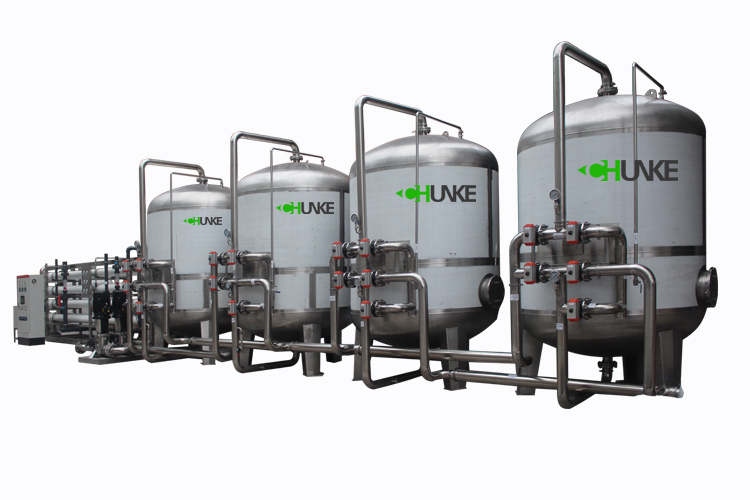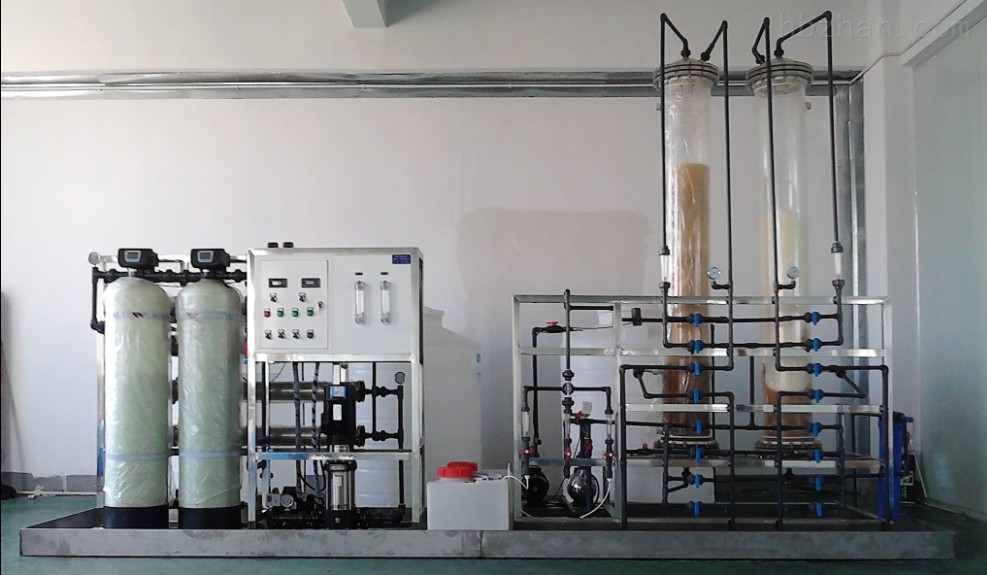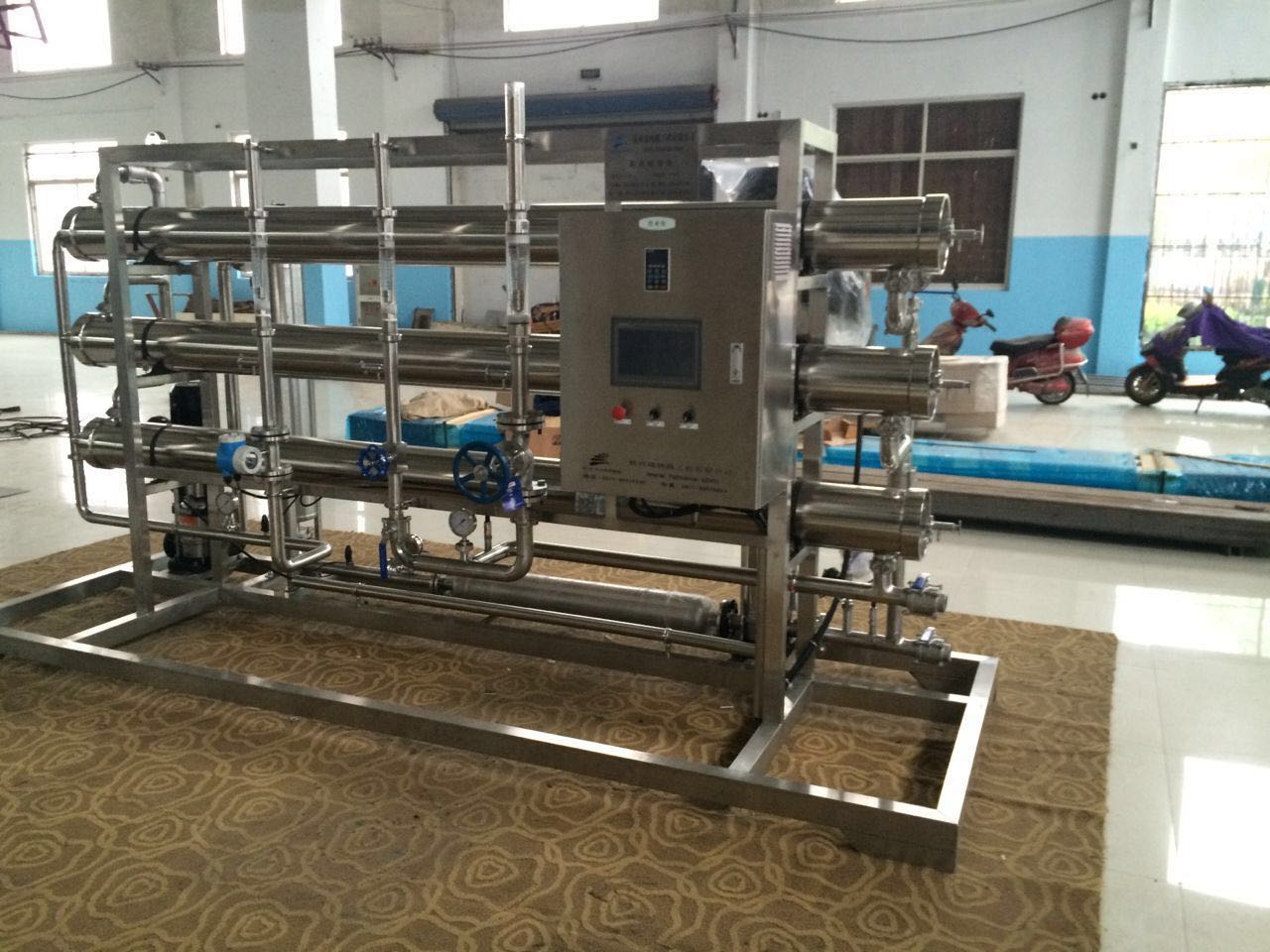How to choose your first reverse osmosis water filtration machine?
When choosing the first reverse osmosis water filtration machine, people are often confused and don't know how to choose. However, the right choices can help us obtain high-quality drinking water and protect the health of our families. Next, we will discuss the methods and precautions on how to choose the first reverse osmosis water filtration machine.
First, an important consideration is brand and price. There are many reverse osmosis water filtration machines available in the market from well-known brands, and they usually have high quality and reliability. Choosing products from well-known brands can increase purchase confidence, but the price may also be relatively high. Therefore, consumers can choose suitable products according to their budget and needs.
Secondly, what needs to be considered are the product parameters. The performance indicators of reverse osmosis water filtration machine include water production volume, filter element life, sewage discharge ratio, water purification rate, etc. Consumers can choose appropriate parameters based on factors such as household water consumption, water quality, and economic capabilities to ensure that product performance meets actual needs.
Finally, the choice of filter element is also key. Different types of filter elements can filter different pollutants, such as particulate matter, heavy metals, residual chlorine, etc. Consumers can choose the appropriate filter type based on their water quality and health needs to ensure that the filtration effect reaches the desired level.

What is reverse osmosis?
Reverse osmosis (RO) is a highly efficient physical filtration technology that uses a semipermeable membrane to filter and separate water. In a reverse osmosis system, water passes through the micropore structure of the semi-permeable membrane, and most of the dissolved substances, ions and microorganisms are trapped on one side of the membrane, while the pure water passes through the membrane and is finally collected into a water storage tank for supply. People use. Reverse osmosis technology can effectively remove a variety of pollutants in water, including heavy metals, organic matter, microorganisms, particulate matter, etc. Through the filtration and purification of the reverse osmosis system, high-quality, low-pollution pure water can be obtained to meet people's demand for clean drinking water.
Finally, reverse osmosis technology has a wide range of applications in the field of water treatment, including household tap water purification, industrial wastewater treatment, seawater desalination, pharmaceutical production, etc. Its efficient, reliable filtration effect and wide range of applications make it an important water treatment technology.

What is TDS?
TDS is the abbreviation for total dissolved solids and represents the total amount of dissolved matter in water. In water, including dissolved inorganic salts, organic matter, microorganisms and other substances, the total amount of these substances is TDS. Typically, TDS is expressed in milligrams per liter (mg/L) or as conductivity. TDS can be used to roughly judge water quality. Generally speaking, the lower the TDS value, the cleaner and purer the water quality is. For example, the TDS of direct drinking water is usually less than 50, while the TDS value of groundwater and well water may be higher. Therefore, by testing the TDS value of water, we can initially understand the quality of the water.
Finally, testing for TDS is not complicated. Many water filters come with built-in TDS testing capabilities, and there are many TDS pens on the market that can be used for testing. However, it should be noted that when the TDS value is lower, the test results are less accurate and are for reference only. Therefore, when selecting and using TDS testing tools, you need to use them with caution and consider other factors.

How long is the filter replacement cycle for reverse osmosis water filtration machine?
The importance of filter replacement cycles
The filter element replacement cycle of reverse osmosis water filtration machine is one of the important factors affecting its use effect and water quality. Understanding the importance of the filter element replacement cycle can help users maintain and replace the filter element in a timely manner to ensure the safety and purity of water quality.
Factors affecting the filter replacement cycle
First of all, the filter element replacement cycle is affected by many factors, such as water quality, water treatment capacity, filter element type, etc. The water quality in different regions is different, and the degree of pollution to the filter element is also different, so the filter element replacement cycle will be different. In addition, the frequency of use and the type of filter element (such as pre-filter element, post-filter element) will also affect the length of the filter element replacement cycle.
Recommendations for general filter replacement intervals
Generally speaking, the pre-filter element of reverse osmosis water filtration machine is recommended to be replaced every 3-6 months, while the post-filter element and RO membrane are recommended to be replaced every 12-24 months. According to the actual situation, users can regularly check the status of the filter element to ensure timely replacement of the filter element to ensure the safety and stability of water quality.
Filter element replacement methods and precautions
Finally, it should be noted that when replacing the filter element, users should follow the product instructions or the methods recommended by the manufacturer to ensure correct replacement. In addition, attention must be paid to keeping the environment where the filter element is replaced clean and hygienic to avoid contaminating the filter element and affecting the purification effect of water quality.

How to use reverse osmosis water filtration machine correctly?
Correct installation and commissioning
First of all, correct installation and debugging are the keys to ensure the normal operation of the reverse osmosis water filtration machine. Users should operate according to the product instructions, ensure the installation position is stable, the power wiring is correct, and perform water connection and air pressure adjustment to ensure normal operation of the system.
Regular maintenance and cleaning
Secondly, regular maintenance and cleaning are also important measures to ensure the normal operation of reverse osmosis water filtration machine. Users should regularly clean the casing, water tank and pipes of the water filter to keep the equipment clean and hygienic. At the same time, regular inspection and replacement of filter elements, cleaning of RO membranes and other tasks cannot be ignored to ensure the purification effect and stability of the system.
Rational use and conservation of resources
Finally, rational use and conservation of resources are also important principles for the correct use of reverse osmosis water filtration machine. Users should use the water filter reasonably according to actual needs to avoid wasting water resources and reducing wastewater discharge. At the same time, you should also pay attention to saving energy and try to choose water filter products with low energy consumption and high efficiency to reduce usage costs and protect the environment.




